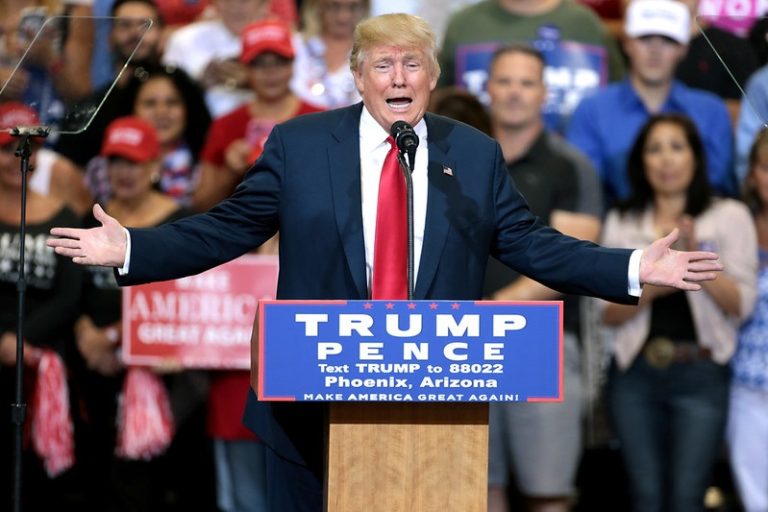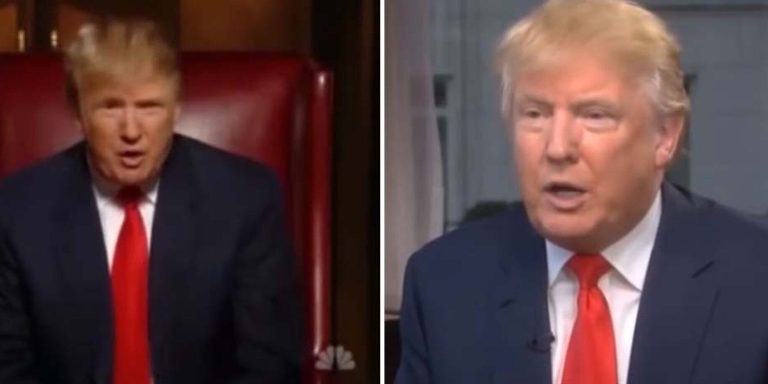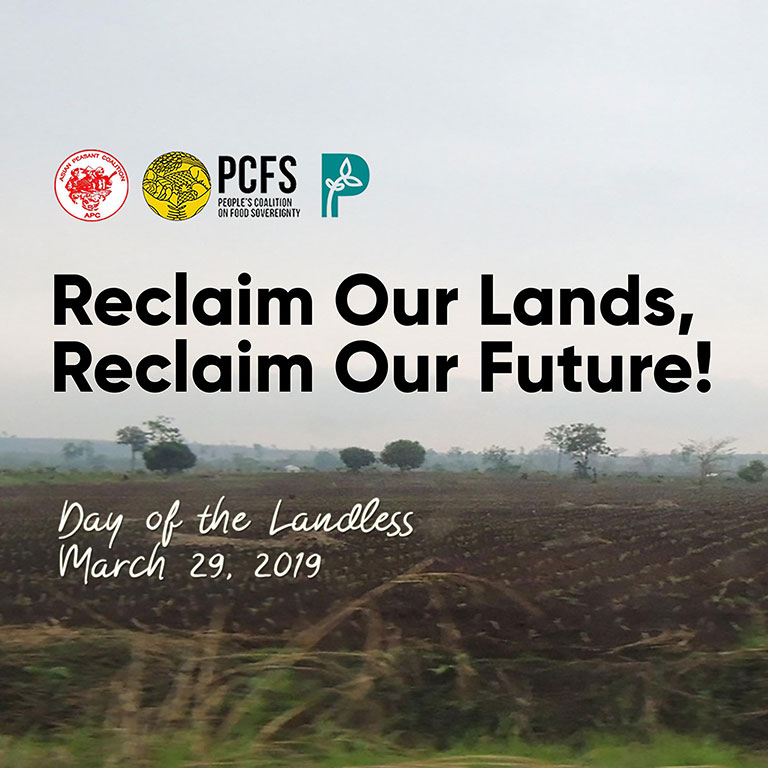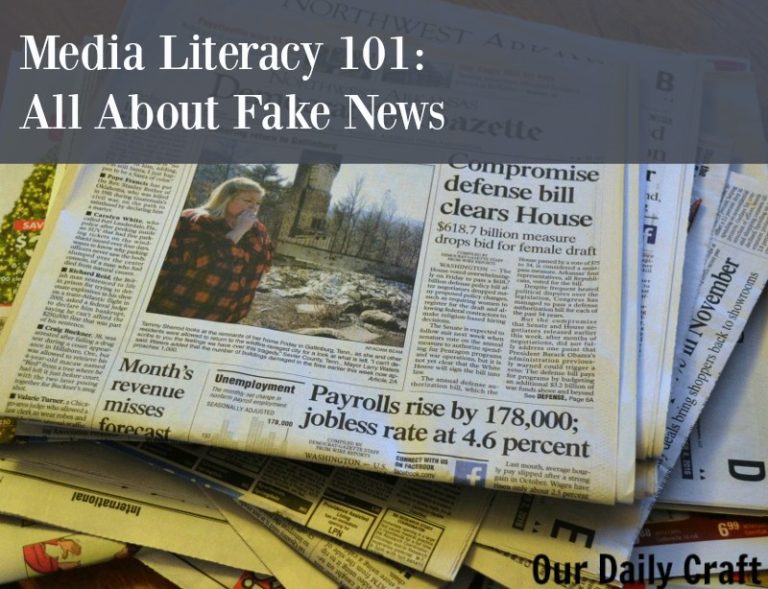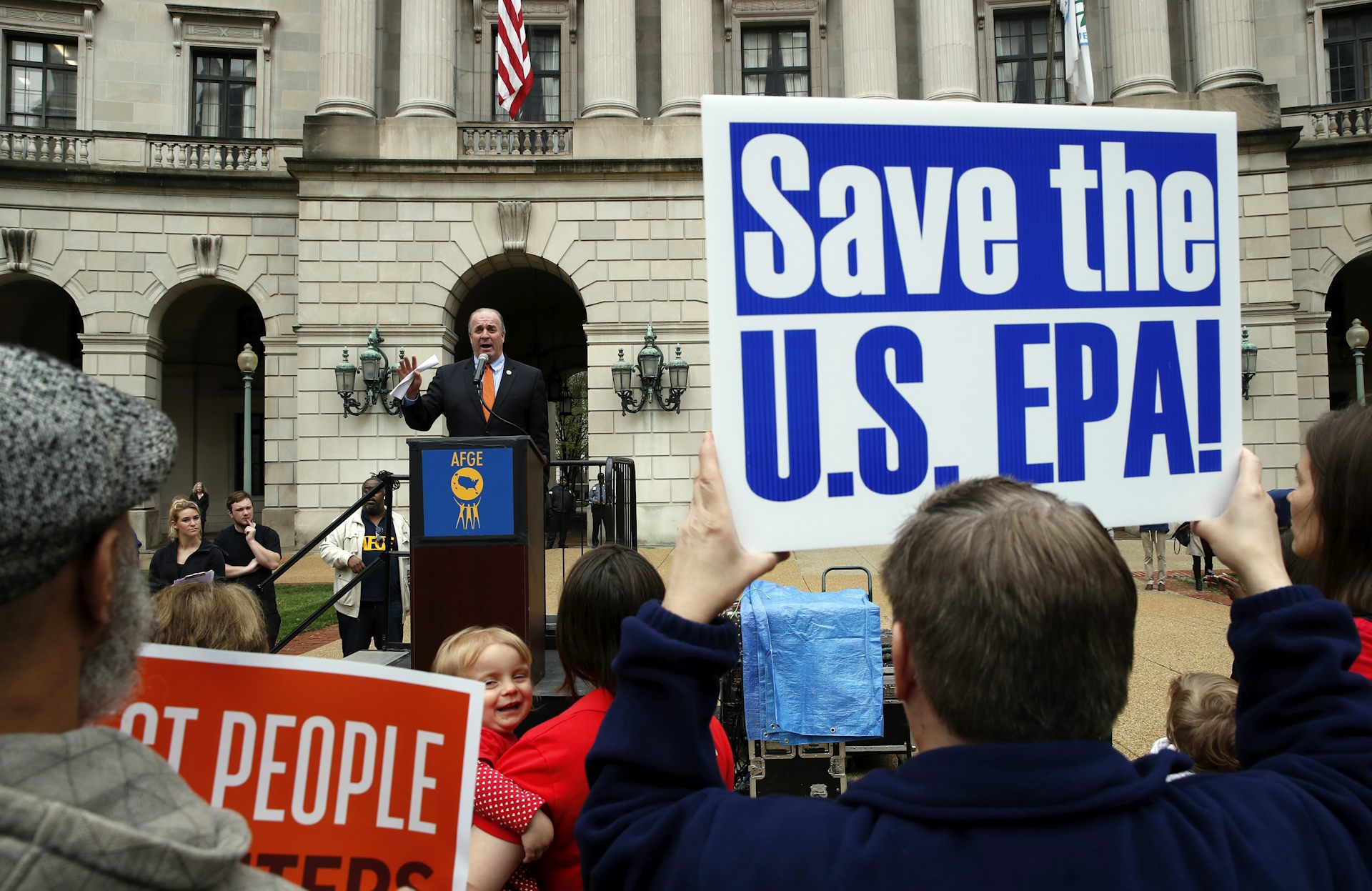
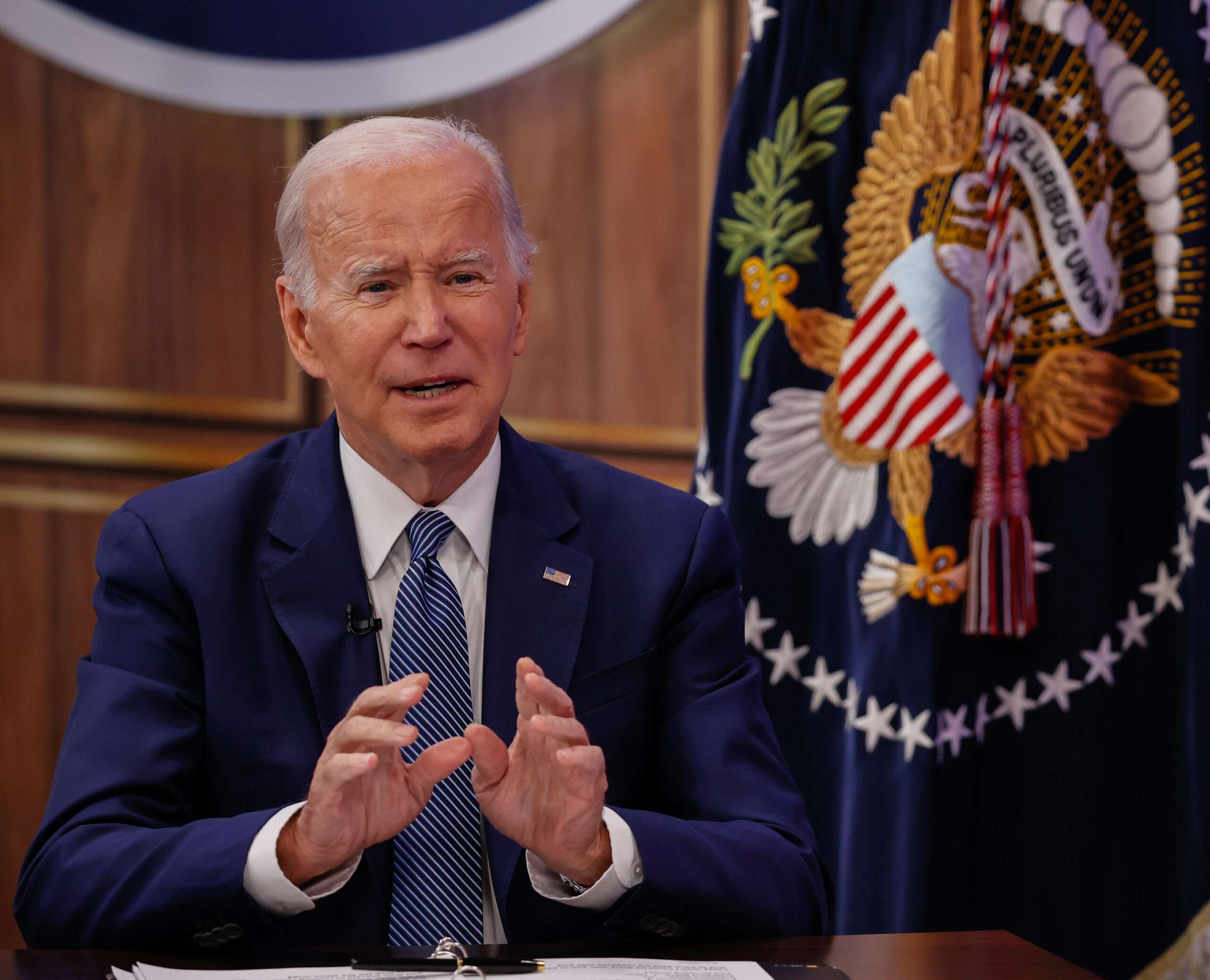
Rewriting the Rules: Trump’s Deregulatory Legacy – A Deconstruction
Donald Trump’s presidency was marked by a relentless push for deregulation, a core promise fulfilled with both fanfare and controversy. This wasn’t merely a trimming of bureaucratic fat; it was a wholesale reassessment of the government’s role in regulating American business and life. Understanding its impact requires moving beyond simplistic narratives of “good” versus “bad” and delving into the complex interplay of economic theory, political strategy, and lasting societal consequences.
The Deregulatory Doctrine: A Philosophy of Less
Trump’s approach wasn’t born from a single, coherent ideology. Instead, it was a confluence of several factors: a deep skepticism towards government intervention, a belief in the power of the free market to self-correct, and a desire to stimulate economic growth through reduced compliance costs for businesses. This translated into a systematic dismantling of regulations across various sectors, from environmental protection to financial oversight. The underlying philosophy seemed to prioritize short-term economic gains over long-term societal well-being, a trade-off that continues to spark heated debate.
Key Sectors Targeted: A Landscape of Change
The Trump administration targeted a broad spectrum of industries, unleashing a wave of regulatory rollbacks that reshaped the American landscape. Consider these key areas:
1. Environmental Protection: The rollback of Obama-era climate change regulations was perhaps the most visible and controversial aspect of Trump’s deregulatory agenda. The Clean Power Plan, designed to curb carbon emissions from power plants, was effectively dismantled, while other environmental safeguards faced significant weakening. This resulted in increased pollution levels and raised concerns about long-term environmental damage, prompting legal challenges and igniting fierce political battles.
2. Financial Regulation: The Dodd-Frank Wall Street Reform and Consumer Protection Act, enacted in the aftermath of the 2008 financial crisis, was subjected to significant alterations under Trump. Regulations designed to prevent future financial meltdowns were loosened, sparking concerns that the financial system was becoming more vulnerable to another crisis. The debate centered on the balance between fostering economic growth and preventing excessive risk-taking.
3. Healthcare: The Affordable Care Act (ACA), also known as Obamacare, faced constant attacks during the Trump administration. While full repeal failed, numerous executive actions weakened its provisions, impacting healthcare access and affordability for millions of Americans.
The Economic Impact: A Tale of Two Narratives
The economic consequences of Trump’s deregulatory policies remain a subject of intense debate. Supporters point to increased economic growth and job creation as evidence of success. Opponents argue that the short-term gains masked long-term risks, including increased pollution, financial instability, and widening income inequality. Analyzing the data requires a nuanced approach, considering various factors beyond mere deregulation, such as technological advancements and global economic trends.
| Sector | Claimed Benefit | Potential Downside |
|---|---|---|
| Environmental | Reduced business costs | Increased pollution, climate change |
| Financial | Economic growth, job creation | Increased financial risk |
| Healthcare | Reduced premiums (partially) | Reduced access, higher costs |
The Unintended Consequences: A Ripple Effect
The long-term implications of Trump’s deregulation are still unfolding. Beyond the immediate economic effects, there are concerns about the erosion of public trust in government, the weakening of environmental safeguards, and the potential for increased social inequality. The legacy of this approach will likely be debated and analyzed for years to come, with the ultimate consequences remaining uncertain.
Conclusion: A Legacy in Flux
Trump’s deregulatory legacy is multifaceted and far from settled. While some might celebrate the perceived economic benefits, others will point to the potentially devastating environmental and social costs. Ultimately, evaluating the success or failure of this radical shift in regulatory policy requires a comprehensive analysis that considers both the short-term gains and the potentially long-lasting consequences. The debate, far from over, will continue to shape policy discussions and political discourse for the foreseeable future.
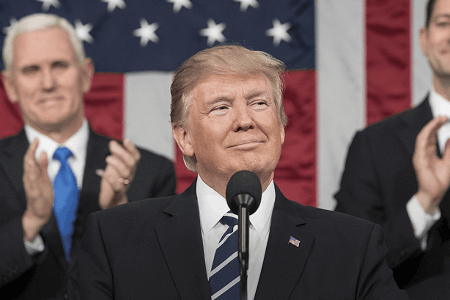
Additional Information
Rewriting the Rules: A Deeper Dive into Trump’s Deregulatory Legacy
The Trump administration’s deregulatory agenda represents a significant shift in American policy, impacting numerous sectors and sparking intense debate. While often framed as a simple reduction in regulations, a deeper analysis reveals a complex interplay of motivations, methodologies, and consequences that extend far beyond headline numbers. This analysis explores these complexities, providing a more nuanced understanding of the Trump deregulatory legacy and its potential long-term implications.
Beyond the Numbers: Assessing the Impact:
The administration frequently touted the sheer number of regulations rescinded or altered as a measure of success. While impressive numerically, this approach lacks crucial context. Simply counting regulations ignores their varying scope, impact, and cost-benefit analyses. A more rigorous evaluation requires examining the specific regulations targeted and their effects on different sectors:
-
Environmental Regulations: The rollback of environmental protections, particularly regarding emissions standards, clean water regulations, and endangered species protections, has faced significant criticism. For instance, the weakening of the Clean Air Act led to increased permissible pollution levels, with potential long-term consequences for public health and the environment. Quantifying the effects on air quality, disease incidence, and climate change requires sophisticated modeling and long-term observation, a process still underway. The weakening of the Endangered Species Act similarly raises concerns about biodiversity loss, although the full ecological impact remains to be assessed.
-
Financial Regulations: The Trump administration actively sought to dismantle key provisions of the Dodd-Frank Act, enacted after the 2008 financial crisis. This included reducing regulatory oversight of banks and financial institutions. Proponents argued that this stimulated economic growth by reducing compliance costs. Critics, however, warned of increased systemic risk and a potential for future financial instability. Analyzing the impact requires examining changes in lending practices, bank profitability, and the occurrence of financial crises – data that is still being collected and analyzed.
-
Labor Regulations: Changes affecting worker protections, such as weakening overtime pay rules and reducing enforcement of workplace safety regulations, represent another key aspect of the deregulatory agenda. The effect on worker wages, safety, and overall productivity is complex and multifaceted. Studies on the impact of minimum wage changes and occupational safety regulations can offer partial insights, but the overall effect of the combination of regulatory changes requires further research.
Methodology and Motivations:
The Trump administration employed several strategies to achieve its deregulatory goals:
-
Executive Orders: Executive orders allowed the administration to bypass the legislative process, accelerating the pace of deregulation. However, this bypassed the checks and balances inherent in the legislative process, raising questions about democratic accountability.
-
Regulatory Capture: Accusations of regulatory capture, where agencies are influenced by the industries they are supposed to regulate, emerged as a concern. This raises questions about the impartiality and effectiveness of the regulatory review process.
-
Cost-Benefit Analysis Reinterpretation: The administration’s approach to cost-benefit analysis was criticized for prioritizing short-term economic gains over long-term environmental or social costs. This skewed interpretation potentially undermined the objectivity of regulatory decisions.
Long-Term Implications and Unintended Consequences:
The long-term implications of the Trump administration’s deregulatory actions remain uncertain. Potential consequences include:
-
Increased inequality: Weakening labor and environmental protections could exacerbate income inequality and disproportionately affect vulnerable populations.
-
Environmental degradation: The rollback of environmental regulations could lead to increased pollution and environmental damage, impacting public health and long-term economic sustainability.
-
Increased systemic risk: Easing financial regulations could increase the vulnerability of the financial system to future crises.
-
Erosion of public trust: The perception of regulatory capture and a disregard for scientific evidence could erode public trust in government institutions.
Conclusion:
Analyzing the Trump administration’s deregulatory legacy requires a nuanced approach that goes beyond simple numerical counts. A deeper examination of specific regulations, methodologies employed, and potential long-term consequences is crucial for a comprehensive understanding. Ongoing research and data collection are needed to fully assess the complex and multifaceted impact of this significant policy shift on the American economy, environment, and society. The debate surrounding this legacy is likely to continue for years to come, as the long-term consequences unfold.


